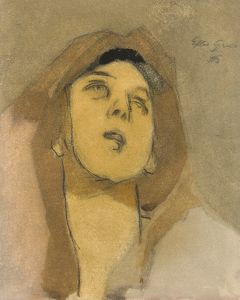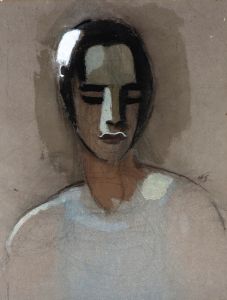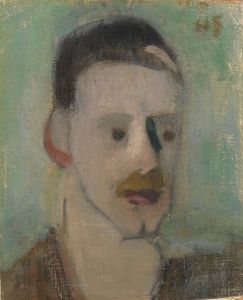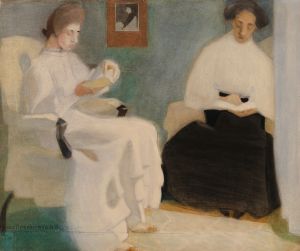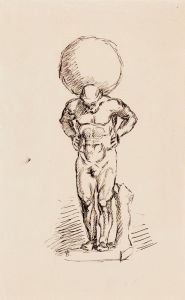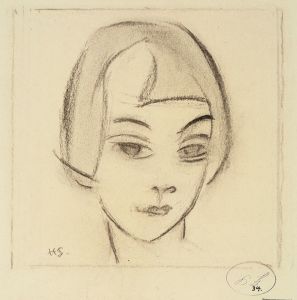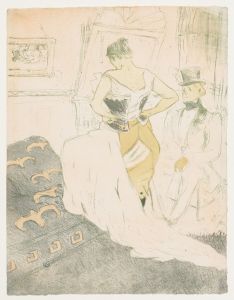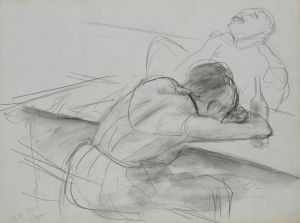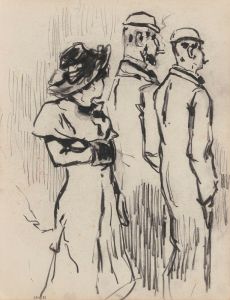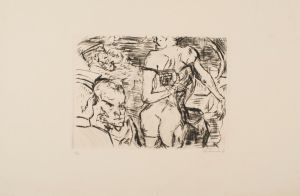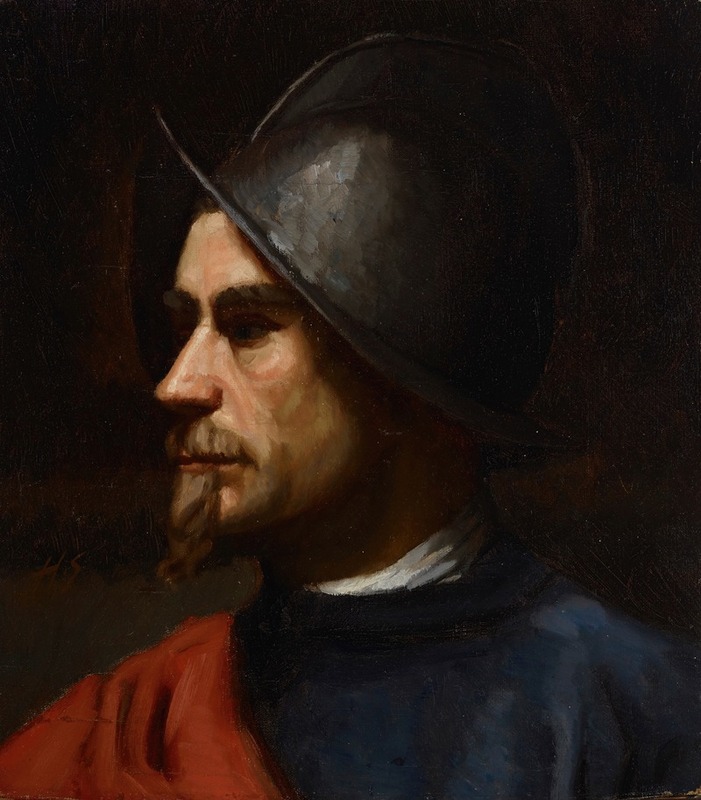
Warrior In Helmet
A hand-painted replica of Helene Schjerfbeck’s masterpiece Warrior In Helmet, meticulously crafted by professional artists to capture the true essence of the original. Each piece is created with museum-quality canvas and rare mineral pigments, carefully painted by experienced artists with delicate brushstrokes and rich, layered colors to perfectly recreate the texture of the original artwork. Unlike machine-printed reproductions, this hand-painted version brings the painting to life, infused with the artist’s emotions and skill in every stroke. Whether for personal collection or home decoration, it instantly elevates the artistic atmosphere of any space.
Helene Schjerfbeck (1862–1946) was a Finnish painter known for her modernist approach and distinctive style, which evolved significantly over her long career. One of her notable works is "Warrior in Helmet," a painting that reflects her interest in historical themes and portraiture. Schjerfbeck's oeuvre is characterized by a unique blend of realism and abstraction, and "Warrior in Helmet" is an exemplary piece that showcases her ability to convey emotion and character through minimalistic yet powerful imagery.
"Warrior in Helmet" was painted in 1940, during a period when Schjerfbeck was living in Sweden, having moved there due to the outbreak of the Winter War between Finland and the Soviet Union. This painting is part of a series of works she created during her later years, which often focused on themes of war and mortality, reflecting the turbulent times she lived in. The painting depicts a solitary figure wearing a helmet, rendered with Schjerfbeck's characteristic economy of line and muted color palette.
The subject of the painting, a warrior, is portrayed with a sense of introspection and solemnity. Schjerfbeck's use of soft, diffused light and her subtle handling of form give the figure an ethereal quality, blurring the line between the physical and the spiritual. The helmet, a central element of the composition, is depicted with careful attention to detail, symbolizing both protection and the burdens of warfare. The warrior's expression is contemplative, suggesting a moment of reflection amidst the chaos of conflict.
Schjerfbeck's technique in "Warrior in Helmet" is notable for its simplicity and restraint. She employs a limited color palette, predominantly using shades of gray, brown, and ochre, which enhances the somber mood of the piece. Her brushwork is delicate and precise, allowing the viewer to focus on the emotional depth of the subject rather than extraneous details. This approach is typical of Schjerfbeck's later work, where she increasingly embraced abstraction and minimalism.
The painting is also significant for its historical context. Created during World War II, "Warrior in Helmet" can be seen as a reflection of the artist's response to the global conflict and its impact on individuals. Schjerfbeck, who had experienced the effects of war firsthand, imbues the painting with a sense of empathy and understanding for those who endure its hardships. The warrior, though anonymous, becomes a universal symbol of resilience and the human spirit.
"Warrior in Helmet" is housed in the Ateneum Art Museum in Helsinki, Finland, which holds a significant collection of Schjerfbeck's works. The painting is appreciated not only for its artistic merit but also for its historical significance, offering insight into the mindset of an artist working during a time of great upheaval. Helene Schjerfbeck's ability to capture the essence of her subjects with such economy and grace continues to resonate with audiences, making "Warrior in Helmet" a poignant and enduring piece in her body of work.





